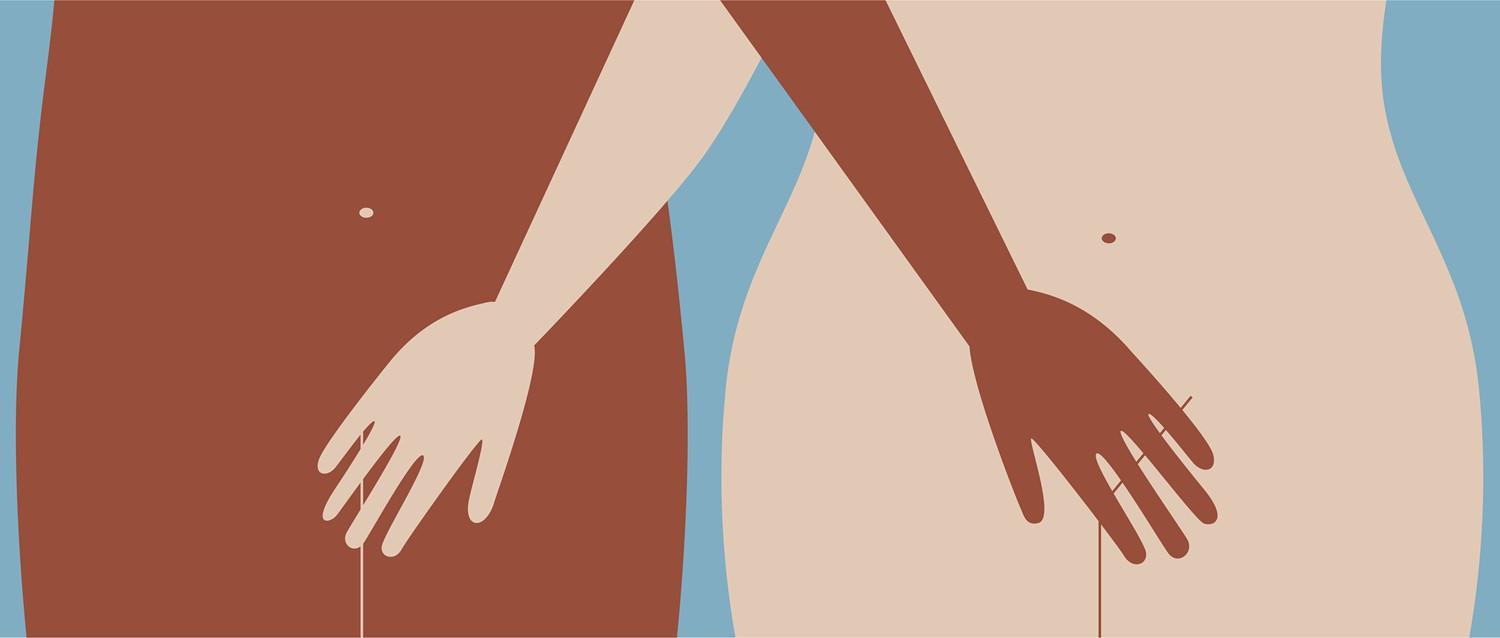
Common skin complaints: understanding tinea versicolor
Peer reviewed by Dr Krishna Vakharia, MRCGPAuthored by Amberley DavisOriginally published 11 Nov 2022
- HerunterladenHerunterladen
- Teilen Sie
Teilen Sie
If you've noticed a rash of patchy colours develop on your skin, you may have tinea versicolor - which also goes by the name pityriasis versicolor. This common skin condition can happen to anyone, no matter how healthy and fit they are, and can be managed with various treatments.
In diesem Artikel:
Lesen Sie unten weiter
What is tinea versicolor?
Tinea versicolor, or pityriasis versicolour, is a common fungal infection in which the normal skin colour is affected, known as your skin's pigmentation.
This skin condition affects between 1% and 40% of the population, with the higher percentage of cases living in warmer and more humid climates1. Aside from being relatively common, you may have also heard of tinea versicolor through reality TV star Molly-Mae Hague, who took to social media to describe how it has affected her self-confidence.
While this skin complaint may result in stress and self-consciousness, it doesn't hurt or cause any physical damage beyond the rash.
Tinea versicolor is caused by an overgrowth of yeast - tiny harmless organisms that live on everybody's skin. Some people are more prone to the yeast on their skin multiplying - which triggers this skin disease but causes no harm to a person's health2.
How to identify tinea versicolor
The symptoms of tinea versicolor are mainly visual, although some people may experience mild itchiness. Consultant dermatologist Dr Simon Zokaie describes the signs to look out for:
"Tinea versicolor results in patches of discoloured skin that can either appear lighter (hypopigmentation) or darker (hyperpigmentation) to the rest of your skin. Usually, they develop gradually and build up to create larger patches. This condition often affects the shoulders, back, and top of the chest."
On light skin - discoloured patches are usually red, pink, or pale brown.
On dark skin - discoloured patches tend to be paler than the surrounding skin.
Lesen Sie unten weiter
How to treat tinea versicolor
Doctors can treat tinea versicolor with antifungal creams, tablets, and shampoos. "These treatments are usually very effective at treating the condition," says Dr Zokaie.
Patient picks for Skin rashes

Gesundheit von Haut, Nägeln und Haaren
Can men get thrush?
Three quarters of women will have a bout of vaginal thrush in their lifetime, and half will experience recurrences, but how does the condition affect men? Can thrush be sexually transmitted between partners? We dispel some misconceptions about this common yeast infection.
von Sally Turner

Gesundheit von Haut, Nägeln und Haaren
Lichen planus
Lichen planus mainly causes an itchy skin rash. In some people it also affects other parts of the body such as the mouth, genitals, nails and hair. Most people get better in 6-12 months. Treatment, commonly with a steroid cream or ointment, often eases the itch and may reduce the rash until the condition clears.
von Dr. Hayley Willacy, FRCGP
Your FAQs
Is tinea versicolor contagious?
Tinea versicolor is not contagious. The main risk factors are having a weakened immune system, often resulting from illness or pregnancy, and using certain medications, such as antibiotics or birth control pills.
Can tinea versicolor cause hair loss?
There is evidence that this skin condition can also cause some people to lose hair - but only directly in the areas of patchy, discoloured skin. In one study, this happened to around 60% of 39 participants3. This hair loss was most common on the forearms, stomach, neck, as well as the beard area in the men.
Can tinea versicolor go away on its own?
Tinea versicolor is much more common in hot and humid climates, which suggests that cooler weather can significantly improve the infection. However, it usually doesn't completely disappear without a course of treatment.
Can tinea versicolor be cured?
Treatment can completely clear up the rash, although it can take several months for your skin tone to return to normal. However, tinea versicolor is a long-term condition, and the problem often returns. According to the National Institute for Health and Care Excellence (NICE), it may return in up to 60% of people in the first year after treatment and up to 80% after two years4.
However, there are some useful methods to help prevent tinea versicolor from returning. One option is to continue using the specialist shampoo after your rash has cleared up - once every 2-4 weeks should be enough. Alternatively, if you find that your rash returns on a regular basis, your doctor may advise you to continue with a course of antifungal tablets.
Remember, if the appearance of tinea versicolor is getting you down, causing stress, or affecting your confidence, talking with friends and family can help.
Speaking to our loved ones can often help us to see things from a more positive perspective, as well as show us how little people notice things we may worry about.
Weitere Lektüre
Artikel Geschichte
Die Informationen auf dieser Seite wurden von qualifizierten Klinikern geprüft.
11 Nov 2022 | Originally published
Verfasst von:
Amberley DavisPeer-Review durch
Dr. Krishna Vakharia, MRCGP

Fragen, teilen, verbinden.
Stöbern Sie in Diskussionen, stellen Sie Fragen, und tauschen Sie Erfahrungen zu Hunderten von Gesundheitsthemen aus.

Fühlen Sie sich unwohl?
Beurteilen Sie Ihre Symptome online und kostenlos